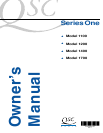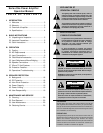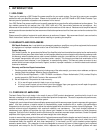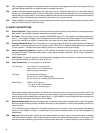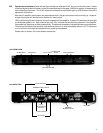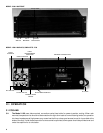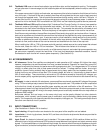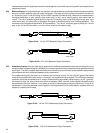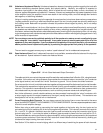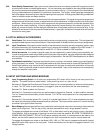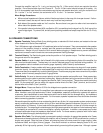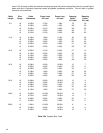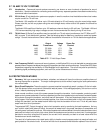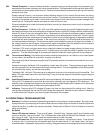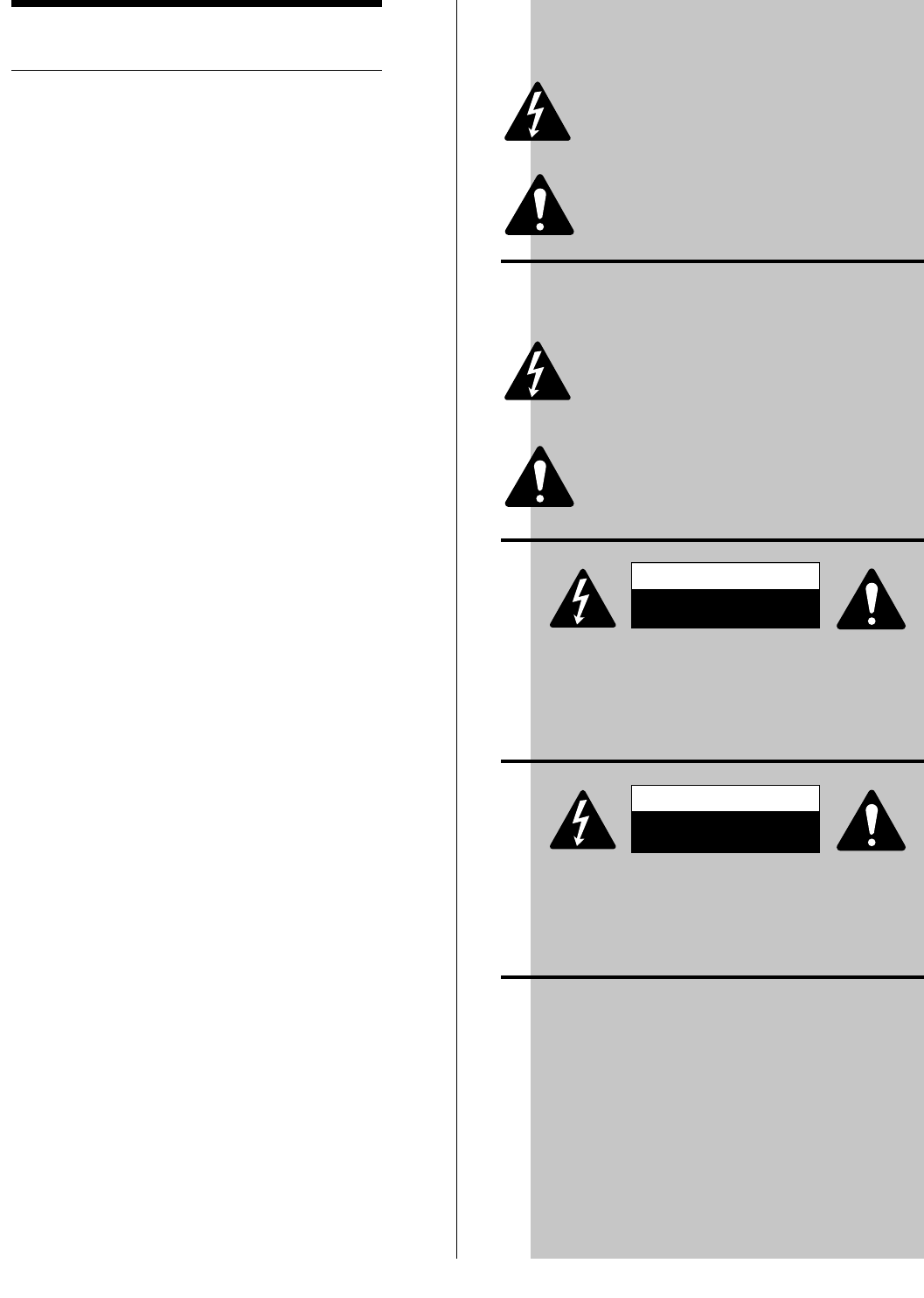
2
EXPLANATION OF
GRAPHICAL SYMBOLS
The lightning flash with arrowhead symbol, within an
equilateral triangle, is intended to alert the user to the
presence of uninsulated “dangerous voltage” within the
product’s enclosure that may be of sufficient magnitude
to constitute a risk of electric shock to humans.
The exclamation point within an equilateral triangle is
intended to alert the users to the presence of important
operating and maintenance (servicing) instructions in
the literature accompanying the product.
EXPLICATION DES
SYMBOLES GRAPHIQUES
Le symbole èclair avec point de flèche à l ’intrérieur d’un
triangle équilatéral est utilisé pour alerter l’utilisateur
de la présence à l’intérieur du coffret de “voltage
dangereux” non isolé d’ampleur suffisante pour
constituer un risque d’elétrocution.
Le point d’exclamation à l’intérieur d’un triangle
équilatéral est employé pour alerter les utilisateurs de
la présence d’instructions importantes pour le
fonctionnement et l’entretien (service) dans le livret
d’instruction accompagnant l’appareil.
CAUTION: To reduce the rish of electric shock, do not remove
the cover. No user-serviceable parts inside. Refer servicing to
qualified service personnel.
WARNING: To prevent fire or electric shock, do not expose this
equipment to rain or moisture.
CAUTION
RISK OF ELECTRIC SHOCK
DO NOT OPEN
ATTENTION: Pour enviter les risques de chock electrique, ne
pas enlever le courvercle. Aucun entretien de pieces interieures
par l’usager. Confier l’entretien au personnel qualifie.
AVIS: Pour enviter les risques d’incendie ou d’electrocution,
n’exposez pas cet article a la pluie ou a l’humidite.
AVIS
RISQUE DE CHOCK ELECTRIQUE
NE PAS OUVRIR
SAFEGUARDS
Electrical energy can perform many useful functions. This unit has
been engineered and manufactured to assure your personal safety.
Improper use can result in potential electrical shock or fire hazards. In
order not to defeat the safeguards, observe the following instructions
for its installation, use and servicing.
PRECAUTIONS
L’énergie électrique peut remplir de nombreuses fonctions utiles. Cet
appariel a été conçu et réalisé pour assurer une sécurité personnelle
entiére. Une utilisation impropre peut entraîner des risques
d’électrocution ou d’incendie. Dans le but de ne pas rendre inutiles les
mesures de sécurité, bien observer les instructions suivantes pour
l’installation, l’utilisation et l’entretien de l’appareil.
Series One Power Amplifier
Operation Manual
TABLE OF CONTENTS
I: INTRODUCTION
1.1 Welcome .................................................... 3
1.2 Warranty..................................................... 3
1.3 Overview of Amplifier ................................. 3
1.4 Specifications ............................................. 4
II: BASIC INSTRUCTIONS
2.1 Unpacking and Inspection .......................... 5
2.2 Important Precautions ................................ 5
2.3 Quick Instructions....................................... 6
III: OPERATION
3.1 Cooling ....................................................... 8
3.2 AC Requirements ....................................... 9
3.3 Input Connections ...................................... 9
3.4 Octal Module Accessories........................ 12
3.5 Input Switches and Mono Bridging........... 12
3.6 Speaker Connections ............................... 13
3.7 25 and 70 Volt Systems ........................... 15
3.8 Protection Features .................................. 15
3.9 Operational Troubleshooting .................... 16
IV: SPEAKER PROTECTION
4.1 Background .............................................. 18
4.2 DC Protection ........................................... 18
4.3 Horn Driver Protection.............................. 18
4.4 Power Capacity ........................................ 19
4.5 Power Limiting.......................................... 19
4.6 User Responsibility .................................. 19
V: MAINTENANCE AND SERVICE
5.1 Cleaning ................................................... 20
5.2 Dust Removal........................................... 20
5.3 User Maintenance .................................... 20
5.4 Obtaining Service ..................................... 20



